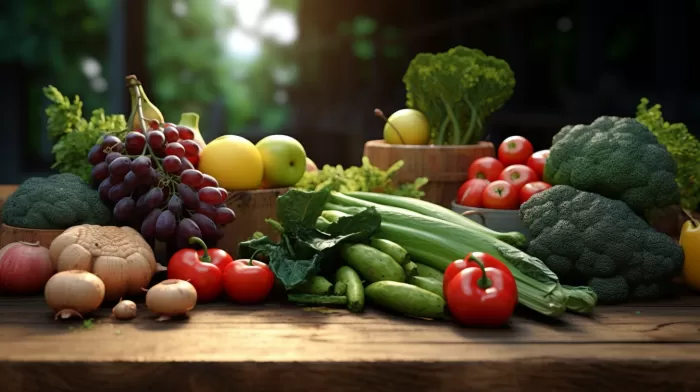Living in an increasingly polluted world means that many pollutants find their way into the food we consume. The rise in GMO foods has only intensified these concerns, making the choice to switch to organic produce even more critical for your health. One harmful chemical that has been found in food is cadmium, which has been linked to severe health complications.
The Environmental Protection Agency (EPA) considers cadmium to be a probable human carcinogen and has classified it as a Group B1 carcinogen. Eating organic food whenever possible is the best way to avoid cadmium in your meals.
English Researchers’ findings
Researchers from Newcastle University in England reviewed over 340 studies focusing on the nutrients and contaminants in both conventional (non-organic) and organic foods. It was determined that organic produce contains much less cadmium than its non-organic counterparts.
Washington State research teams used meta-analysis techniques to distinguish between organic and conventional foods, revealing significant nutritional and contaminant differences in recent research. The study found that conventional fruits and vegetables contain twice as much cadmium as organic crops. Scientists believe that the fertilizers used on non-organic crops increase the amount of cadmium that plant roots absorb from the soil, creating a long-term health risk.
Making the switch to organic produce
Many people hesitate to switch to organic produce due to higher costs. However, it’s essential to weigh this cost against the potential impact on your health. Remember, a little extra at the grocery store could result in significant savings at the doctor’s office.
One way to offset the higher expenses is to prioritize purchasing organic produce according to which ones are more likely to absorb pollutants. The Environmental Working Group (EWG) has a list of produce that one should always choose organically, as these items carry a higher threat of contamination. By referring to this list and focusing on buying the most susceptible items organically, you can curb costs while still enjoying the health benefits.
Tips for eating healthily without breaking the bank
Switching to organic food doesn’t always require a dent in your wallet. Here are a few cost-saving tips to help you prioritize your health without emptying your pockets:
- Shop at farmers’ markets: Local farmers’ markets often have competitive prices for their organic produce, and you’ll be supporting your local farmers while improving your health.
-
Buy in season: Purchasing during peak seasons helps keep prices lower. Plus, you’ll also enjoy a better taste and increased nutritional value.
-
Look for bulk options: When it comes to grains, beans, and flours, consider buying in larger quantities, as bulk items usually have a lower cost per item.
-
Grow your vegetables: If you have space, try growing your vegetables. Not only is it a cost-effective way to have fresh, organic produce, but gardening can be a fun and rewarding experience.
-
Prioritize: Buy organic produce according to the EWG list that carries a higher threat of contamination, and try to save money in other areas of your grocery shopping that are less critical.
In conclusion, taking the necessary steps to switch to organic produce is becoming more critical, given the growing presence of chemicals such as cadmium in our food. By following these cost-saving tips, you can prioritize your health while still maintaining a budget-conscious lifestyle.



